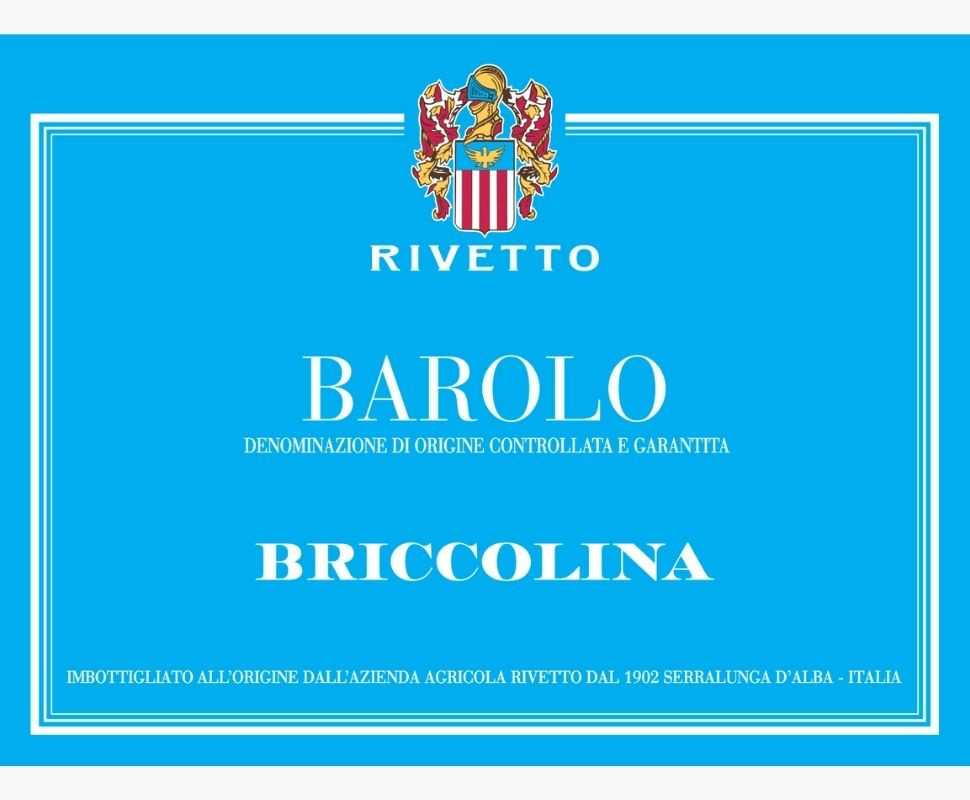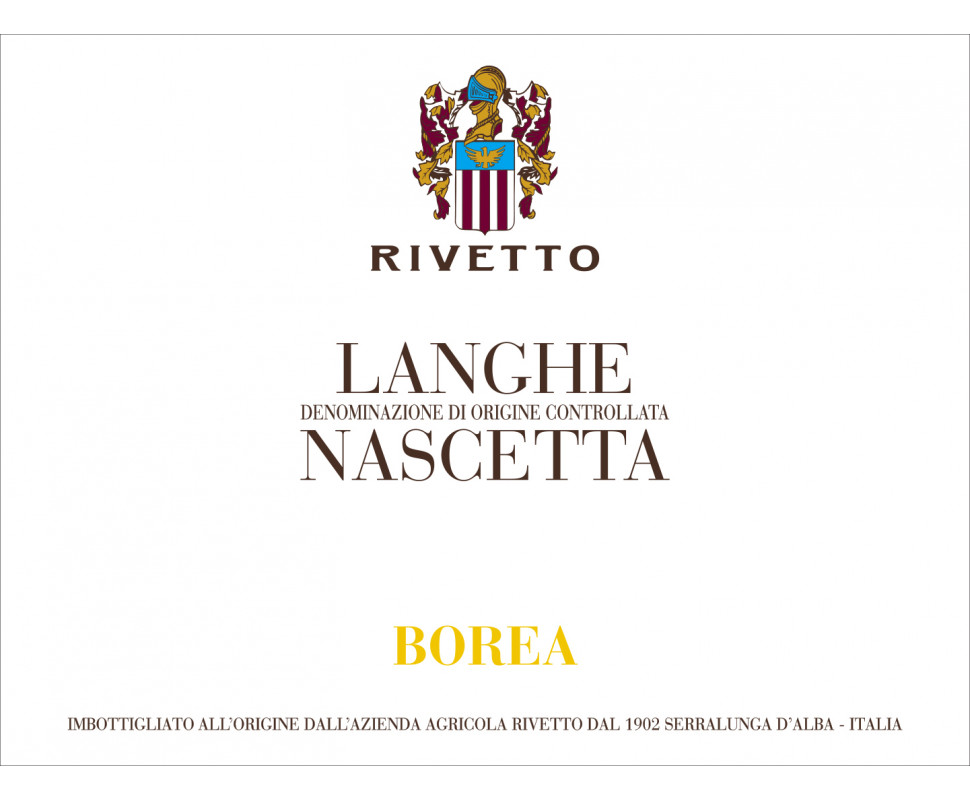Rivetto

OUR APPROACH
In 2009 we started to think and act organic in the vineyards (officially certified since 2016).
In 2015 our evolution continued with the introduction of a Biodynamic approach to the entire property.
Key changes to improve the ecosystem include, adding trees and plants in the vineyards, introducing a green garden, and building birdhouses. While we have always sought balance in the vineyards, we now look for it in every part of our environment.
For us, that means no chemical weeding, no systemic anti-parasite treatments, and no chemical fertilization. In addition, we plant barley, oats, and clover between the vines to revitalize the soil.
To keep soft the soil not to stress the roots of the vines.
We use corroborates to reduce chemical treatments and we even make our own compost.
To promote as much biodiversity as possible we practice farming diversification by incorporating other crops.
Finally, we always bottle with the energy of the waning moon.
____
Just a few miles away, Rivetto's perch atop a ridge to the east of Serralunga offers a stunning view of the castle. The property straddles the border between Serralunga and Sinio, which lies just outside the Barolo zone.
Enrico Rivetto, the fourth generation to run the estate, freely admitted, "I have more ideas than money." For example, he hopes to label his Nebbiolo from Sinio as Barolo one day, but barring any changes to the boundaries of the Barolo zone, he'll have to be satisfied with his holdings in Serralunga: Briccolina, Manocino, Serra and San Bernardo.
His family has been in the wine business since 1902, occupying its current location since 1932. There are 37 acres of vineyards farmed organically and equally as many acres of hazelnuts.
Rivetto likes to harvest in three passes, first cutting the tips of the Nebbiolo clusters, then picking the clusters furthest from the trunk and finally the rest of the grapes. The crop is crushed and fed into tanks by gravity.
Fermentation is in stainless steel with indigenous yeast, with the exception of the Briccolina. The Barolo consists of Nebbiolo from Manocino, Serra and San Bernardo. It ages for 30 months in large Slavonian oak casks and a further 10 months in bottle. The 2010 was slightly austere, showing tobacco, cherry, plum and briar notes. Its tannins were assertive, but the savory finish found a nice balance.
The Barolo Leon Riserva is a selection from the casks of Barolo that Rivetti feels is capable of extended aging. The lots destined for the Leon Riserva see an additional 10 months respectively in both cask and bottle before release.
Fermentation for the Barolo Briccolina takes place in conical wood vats called "tini," before aging in wood for three years and a further 16 months in bottle. The 2010 evoked beautiful aromas of flowers, cherry, strawberry and tobacco matched to an elegant, refined and harmonious frame.
Rivetto has barriques for his Barbera and is not averse to using them for Nebbiolo, but there is no recipe here. The Barbera d'Alba Zio Nando, named after his great uncle Ferdinando, who planted the grapes in 1944, sees 45 percent French oak barriques and 55 percent Slavonian oak casks.
Rivetto also makes a fresh, floral-, lime- and spice-scented Langhe Nascetta, a local variety that is currently undergoing a revival in the region.
Wine available
| Wine | Type | Size | Score | Status | Price | ||
|---|---|---|---|---|---|---|---|
|
|
Red | 0,75ltx3 |
89 js
|
LT |
Price
€330.00
|
||
|
|
White | 1,5ltx1 |
|
IS |
Price
€46.97
|

